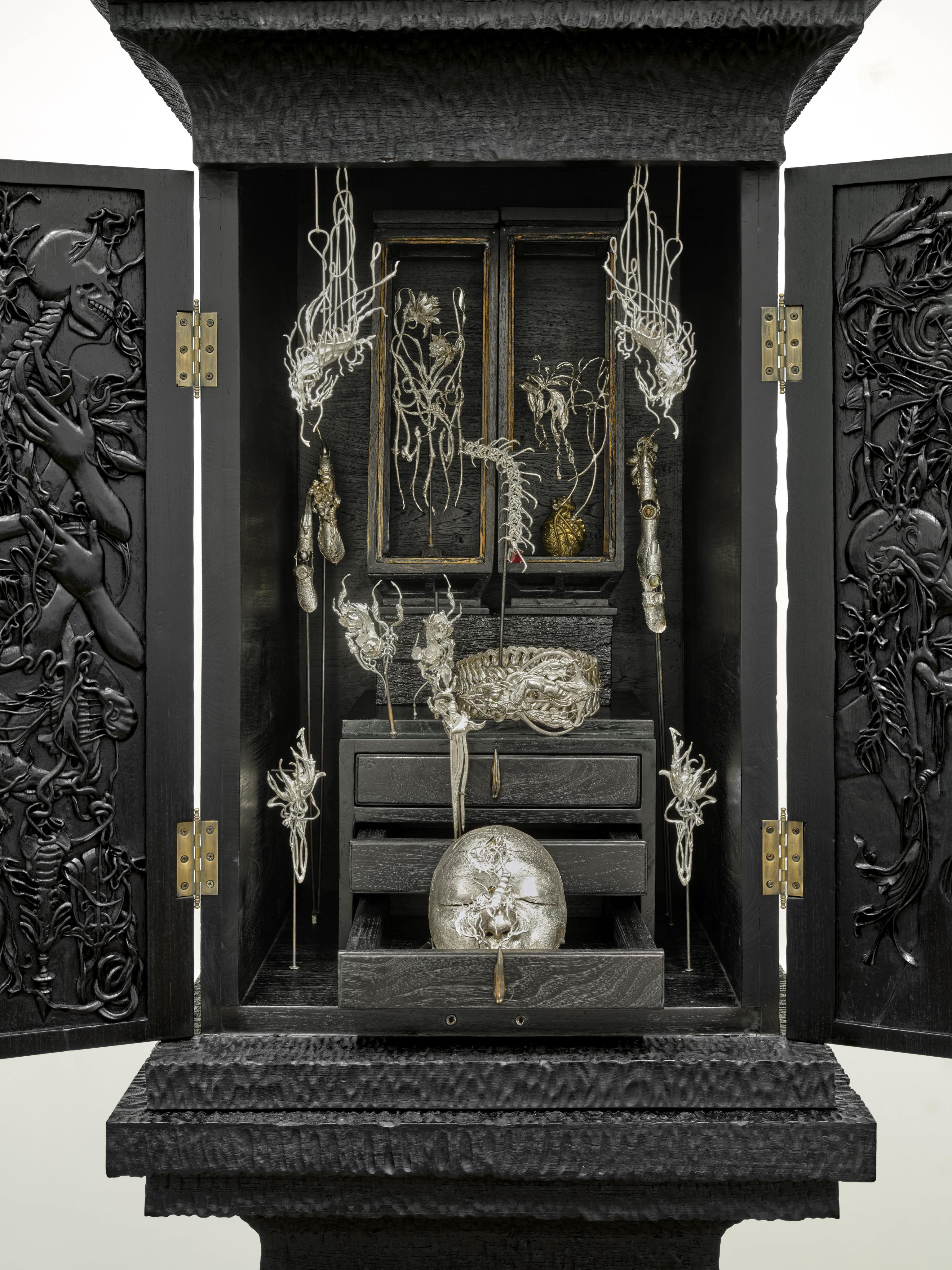Copyright scmp

Bali-based independent curator Galuh Sukardi had long toyed with the idea of curating an exhibition exploring the rituals and traditions practised in her native Indonesia. Galuh Sukardi spent years championing Southeast Asian art through her roles with Sotheby’s, White Cube and David Zwirner. Now, with Indonesian art having a moment, she felt the time was ripe to celebrate artists connected to the archipelago. Diving deep into the country’s rich culture – which has been influenced by periods under Dutch, Portuguese and Japanese rule – appealed to her. She was also keen to explore her own heritage and Islamic roots, which she felt she had become less connected to after years of living abroad. “In Bali, wherever you look, you see a sculpture or a shrine or a carved mythical creature,” Galuh Sukardi says. “But I didn’t realise what I was consuming and what I was questioning.” Then one day, while looking out the window of her villa, she had a light-bulb moment, and it was in black and white. “In front of me was a giant banyan tree that, in Bali, is considered sacred and is believed to be the home of spirits and deities,” she says. Wrapped around it was a poleng cloth, a sacred fabric that is traditionally used to adorn statues, shrines and sacred trees. With its bold, black-and-white chessboard pattern, poleng symbolises the Balinese Hinduism philosophy of Rwa Bhineda, the balance between opposing forces such as light and dark, good and evil, order and chaos. “The ability to keep opposites in equilibrium is understood in Indonesian tradition as a maternal force, one that offers provision and passage, and bears influence over change,” she says. “I started relating this to my own religion, and my own self, and realised that this is what I had been feeling, this sense of presence in this world. We are only here for a period of time, but what we are really focused on is preparing our life for the afterlife, because there’s another threshold.” The epiphanic moment left an impression, inspiring Thresholds, a group exhibition featuring the work of nine contemporary artists whose practice – from painting to sculpture and textile to drawing and silverware – engages with this same tension. Thresholds is being held concurrently at White Cube Hong Kong in Central until January 10, and The Hari Hong Kong hotel in Wan Chai until March 31. The exhibition explores the interwoven cycles of life, death and transformation. The artists, each holding a connection to Indonesia, chart their own journey of transformation, whether spiritual, political, physical or mythological. View this post on Instagram Take the work of Dutch-Indonesian artist Jennifer Tee, whose tulip petal collage on paper alludes to the historical ceremonial textiles from Sumatra, which feature ship motifs symbolising the passage of souls to the land of ancestors. Christine Ay Tjoe’s abstract paintings reflect her physical limits and those of her soul. Igak Murniasih, aka Murni, trained in Bali’s Pengosekan style of painting. Her works at the exhibition attest to a journey of endurance and growth. Citra Sasmita explores Balinese cosmological themes. Her work refers to the lamak, a cloth used in Balinese Hindu temple rituals. Ines Katamso uses botanical forms, soil and repetition to think through cycles of regeneration. In the work The Body Is A Temple, The Memory Is The Sea, multidisciplinary artist and jewellery designer Galuh Anindita continues her dialogue with Kanjeng Ratu Kidul, the queen of the south sea from Javanese mythology. Nadiah Bamadhaj pays homage to the myth of the warrior mother, Goddess Durga, in her suspended sculptures The Whip, Jimat, Solar Plexus and The Harvest. Walking around White Cube, Nadiah explains how her works, which combine materials such as brass, stainless steel and buffalo hide – a nod to Indonesian shadow puppetry – draw parallels with Durga and her own fierce yet protective personality. “There are elements of me that are angry, I’m not terribly heterosexual, I have mental health issues, I have a son whom I care for very much, and, you know, I’m a woman in the art world and that’s a challenge. “There are several elements about the violent nature of Durga that I relate to, and at the same time, she nurtures like I nurture my son – so that’s where this series came from.” Also drawing on myth is Japanese-born, Indonesia-based Kei Imazu, who reimagines the story of Hainuwele, the “coconut girl” from Maluku province who was killed by jealous villagers, her sacrifice sowing the seeds of staple crops. In her piece, Song of the Rainbow, influential Indonesian artist Arahmaiani uses abstracted forms of the Jawi – a modified Arabic script used to write Javanese and other languages – to explore themes of religious tolerance and social harmony. Thresholds uses powerful representations of women artists to convey that art from Indonesia is having its time in the sun. “I’m seeing more and more interesting museums and creators coming to Indonesia and the region,” Galuh Sukardi says. The rise of the art market also mirrors Indonesia’s economy, which grew by more than 5 per cent in 2024. By 2030, it is projected to become the world’s fifth-largest economy. Art fairs such as ArtJog, ArtMoments Jakarta, Jakarta Biennale and Art Jakarta – which last month attracted 75 galleries from 16 countries – are boosting the country’s image on the global stage. And even Bali has its own art fair after the September launch of Art & Bali. It is good news, but Galuh Sukardi wants more government support and institutional recognition for artists, not just in Indonesia but in the wider region. “In Indonesia, there is a lot of creativity that comes naturally. There’s never a shortage of talent, but there is a shortage of support,” she says. “Thresholds”, White Cube Hong Kong, 50 Connaught Road Central. Tel: 2592 2000. Ends January 10, 2026. The Hari Hong Kong, 330 Lockhart Road, Wan Chai. Tel: 2129 0388. Ends March 31, 2026.



